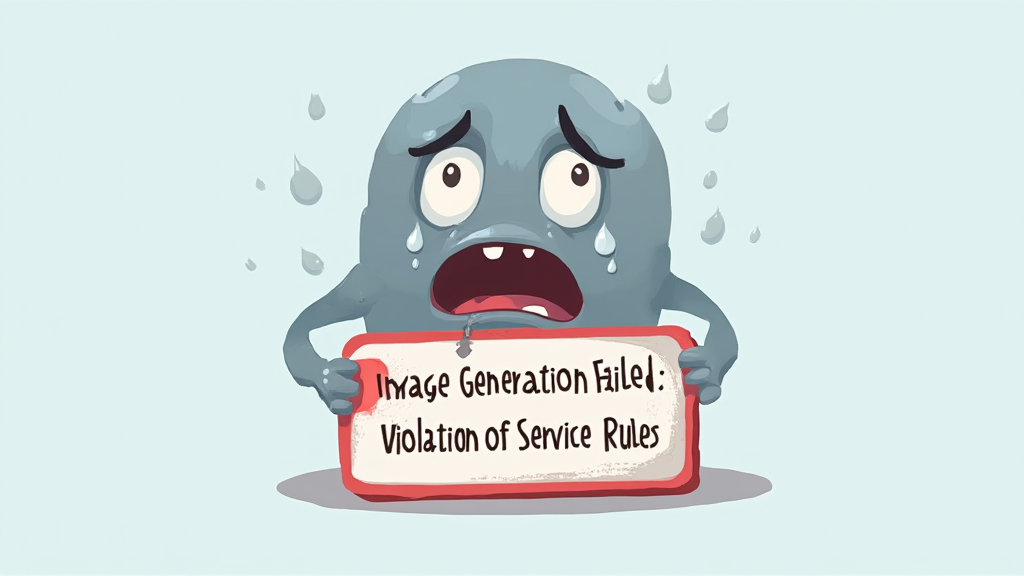Navigating the Stock Market Rollercoaster: Tips for Investors
What Causes Market Fluctuations?
Market fluctuations are primarily driven by a combination of economic indicators, investor sentiment, and geopolitical events. Economic data, such as GDP growth, unemployment rates, and inflation, can significantly influence market behavior. For instance, a strong jobs report may boost jnvestor confidence, leading to increased buying activity. Conversely, negative news can trigger panic selling.
Additionally, investor sentiment plays a crucial role. Market psychology often leads to herd behavior, where investors follow trends rather than fundamentals. This can create bubbles or crashes. Geopolitical events, such as elections or international conflicts, can also introduce uncertainty, causing volatility.
Understanding these factors is essential for informed decision-making. Knowledge is power in investing.
The Impact of Economic Indicators
Economic indicators are vital for assessing market health. Key indicators include GDP, unemployment rates, and consumer confidence. A rising GDP typically signals economic growth, encouraging investment. Strong employment figures can lead to increased consumer spending. This, in turn, boosts corporate earnings.
Conversely, high unemployment can dampen market sentiment. Investors often react swiftly to these changes. Market reactions can be unpredictable. Understanding these indicators helps investors make informed decisions. Knowledge is essential for success.
Investment Strategies for Uncertain Times
Diversification: Spreading Your Risk
Diversification is a crucial strategy for managing investment risk. By spreading his investments across various asset classes, he can reduce the impact of poor performance in any single area. This approach helps to stabilize returns over time. A well-diversified portfolio may include stocks, bonds, and real estate.
Additionally, he should consider geographic diversification. Investing in international markets can provide further protection against local economic downturns. This strategy is essential for long-term success. Knowledge is key in investing.
Long-Term vs. Short-Term Investing
Long-term investing focuses on building wealth over time. He typically invests in assets with strong fundamentals. This strategy allows for compounding returns. In contrast, short-term investing aims for quick gains. He often trades based on market trends and news. This approach can be riskier and requires constant monitoring. Understanding both strategies is essential for effective portfolio management.
Utilizing Technical Analysis
Key Indicators to Watch
Key indicators in technical analysis include moving averages, relative strength indicant (RSI), and volume . Moving averages help identify trends over specific periods. He uses them to smooth out price fluctuations. The RSI indicates whether an asset is overbought or oversold. This can signal potential reversals. Volume analysis reveals the strength of price movements. High volume often confirms trends.
Monitoring these indicators is crucial for informed trading decisions.
Chart Patterns and Their Significance
Chart patterns are essential tools in technical analysis. They help traders identify potential market movements. Common patterns include head and shoulders, triangles, and flags. Each pattern signals different market conditions. For instance, a head and shoulders pattern often indicates a trend reversal. This can lead to significant price changes.
Recognizing these patterns allows for strategic decision-making. Knowledge is power in trading.
The Role of Fundamental Analysis
Evaluating Company Performance
Evaiuating company performance is crucial for informed investment decisions. He should analyze key financial metrics such as earnings per share (EPS), return on equity (ROE), and profit margins. These indicators provide insights into a company’s profitability and efficiency. For example, a rising EPS often signals warm financial health. This can attract more investors.
Additionally, examining balance sheets and cash flow statements is essential. These documents reveal a company’s financial stability and liquidity. Understanding these factors helps mitigate investment risks. Knowledge is vital in investing.
Understanding Market Sentiment
Understanding market sentiment is essential for effective investing. He should monitor indicators such as the Consumer Confidence Index and market volatility. These metrics reflect invesror attitudes and expectations. For instance, high consumer confidence often correlates with increased spending. This can drive stock prices higher.
Additionally, sentiment analysis can be gauged through news trends and social media. Positive news can lead to bullish behavior, while negative reports may trigger sell-offs. Recognizing these patterns aids in making informed decisions. Knowledge is crucial in navigating markets.
Risk Management Techniques
Setting Stop-Loss Orders
Setting stop-loss orders is a critical risk management technique. He can limit potential losses by specifying a price at which to sell an asset. This strategy helps protect his capital during market volatility. For example, if a stock drops infra a predetermined level, the order triggers automatically. This minimizes emotional decision-making.
Additionally, stop-loss orders can be adjusted as market cpnditions change. He should regularly review and update these levels. This proactive approach enhances overall portfolio management. Knowledge is essential for effective investing.
Position Sizing and Capital Allocation
Position sizing and capital allocation are vital for effective risk management. He must determine the appropriate amount to invest in each trade. This helps mitigate potential losses and optimize returns. For instance, allocating a fixed percentage of his capital per merchandise can reduce overall risk exposure.
Additionally , he should consider the volatility of each asset. Higher volatility may warrant smaller position sizes. This strategy enhances portfolio stability. Knowledge is crucial for successful investing.
Staying Informed and Educated
Resources for Continuous Learning
Resources for continuous learning are essential for investors. He should utilize financial news platforms, research reports, and academic journals. These sources provide valuable insights into market trends and economic indicators. Additionally, online courses and webinars can enhance his knowledge of investment strategies.
Networking with other investors can apso be beneficial. Engaging in discussions can lead to new perspectives. Staying informed is crucial for making sound investment decisions. Knowledge is power in the financial world.
Networking with Other Investors
Networking with other investors is crucial for growth. He can gain insights and share experiences through discussions. This exchange of ideas often leads to new strategies. Attending investment seminars and joining online forums can facilitate these connections.
Additionally, mentorship opportunities can enhance his understanding. Learning from experienced investors provides valuable perspectives. Engaging with a community fosters continuous improvement. Knowledge is essential for successful investing.
